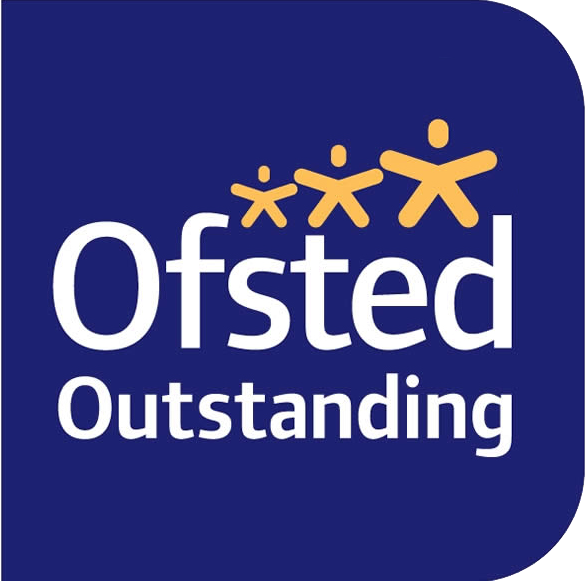Figures show the number of school pupils with additional support needs (ASN) – such as those with autistic spectrum disorders, dyslexia and experience of being in care – has risen by 44 per cent to 170,330 since 2012.
The number amounts to around one quarter of those in state-funded primary and secondary schools and many of those with ASN live in lower-income households and areas of deprivation.
However, inconsistencies in the approach to collecting data on youngsters with ASN mean rates show striking variations between local authority areas.
Official figures show 25.8 per cent of primary school pupils in North Ayrshire have ASN, compared with just nine per cent in neighbouring South Ayrshire, which has the country’s lowest rate.
Meanwhile, the rate for Aberdeen City is 19.7 per cent, compared with 39 per cent for Aberdeenshire – the highest in Scotland – against a national average of 22.3 per cent.
For secondary school pupils, the figure in lowest placed Angus is 14.1 per cent, while neighbouring Perth and Kinross has recorded a number of 33.1 per cent and although Renfrewshire’s total is 18.2 per cent, next-door Inverclyde’s is 29.4 per cent.
Now the Scottish Children’s Service Coalition (SCSC) is calling for clearer guidance from Holyrood to ensure all young people get the same chances.
The body, whose members include Who Cares? Scotland, says the lack of clarity makes ensuring adequate resources for youngsters with ASN “extremely challenging”.
This is said to be particularly the case with the policy of “mainstreaming”, where those in need of extra classroom support are enrolled in mainstream schools.
The SCSC says cuts to ASN services in council budgets is already hampering the delivery of education, and says gaps in provision are exacerbating the attainment gap between richer and poorer pupils.
Calling for “urgent action” from the Scottish Government, the body said: “Without a consistent and aligned method of recording such critical statistics it is difficult to ascertain if the numbers of categories of those with ASN is increasing, decreasing or staying the same. These trends will clearly has an impact on the resourcing committed to dealing with this vulnerable group and ensuring that it is targeted in the most effective manner. “A spokesperson commented: “We find it worrying at these major disparities which indicate, for example, that as a percentage of the pupil population nearly twice as many children and young people in Glasgow have ASN compared with North Lanarkshire.
“This inconsistency in gathering information on and identifying those with ASN by local authorities requires clearer and comprehensive guidance from the Scottish Government, which is also key if it we are to allow for proper resource planning and close the educational attainment gap.











